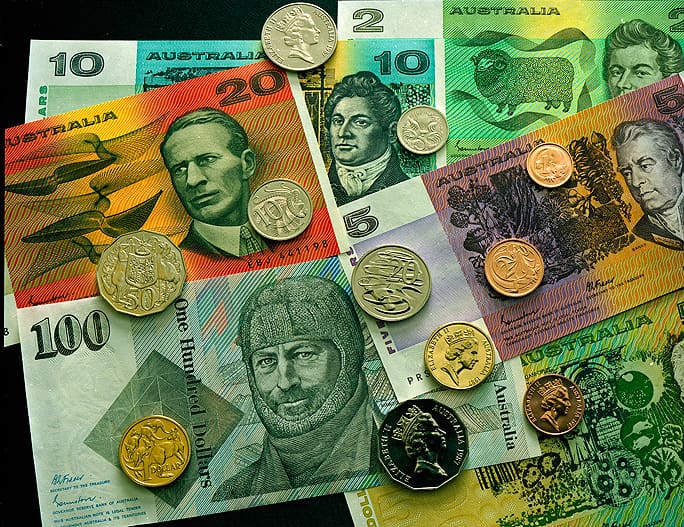MY LAST COLUMN about the 1980s got a few people talking about that decade. But here’s something they don’t want to talk about: what it cost to live back then.
It’s hard to explain to someone who wasn’t there exactly what it was like living with home mortgage rates as high as 17 per cent and inflation nudging 13 per cent. By contrast, interest on a typical home loan now is less than four per cent, while inflation is south of three per cent.
So how did this affect motorcyclists?
Between 1986 and 1988 the price of a new motorcycle soared, in some cases by more than 50 per cent. For an industry in which sales had been contracting since the start of the decade, it was a disaster.
Suddenly motorcycling was no longer one of the cool youth pursuits it had been in the 1970s when young, cashed-up Seventies longhairs powered motorcycle sales to new heights. A massive choice of high-tech models flooded showrooms in a boom never imagined in the staid Sixties. The popularity of two wheels was nowhere more obvious than in the number of minibikes belting around vacant land in our sprawling new housing subdivisions.

Meanwhile, production racing was going through the roof, with enough prize money on offer for a winner to repay the price of a new TZ in less than a season. Fast-forward into the late 1980s and many of those Seventies longhairs were settled down with kids and mortgages. Australia had transformed itself from what then-Treasurer Paul Keating had described as a “banana republic” into a modern, open economy.
The Aussie dollar was floated; trade and tariff barriers reduced, with foreign banks allowed to enter our market and even set their own interest rates.
It seemed like we were ready to begin a glorious period of prosperity but it was a highway to hell for the motorcycle industry. Motorcycles weren’t part of the dream anymore and a new generation seemed to be skipping the two-wheel experience.
After the worldwide economic recession of October 1987 he daily reality for dealers was credit-card-like interest rates. A friend reminded me the other day that when he set up his motorcycle shop in the 1980s he had a mortgage, a business loan and a line of credit, with interest rates on them ranging from 12 per cent to 21 per cent. “I didn’t sleep much then,” he said.
As motorcycle sales stunted, dealers stopped offering test bikes to potential customers. Even motorcycle magazines were affected, often receiving a model to evaluate months after it had gone on sale.
Another serious issue was the availability and price of official spare parts. Dealers vied with each other to get the parts they wanted from the distributor, which often only stocked basic maintenance and service items.
You could wait six months for a new fairing panel for your crashed sportsbike. As well, the cost was astronomical.
Recently one of the former managers at a distributorship reconfirmed this, explaining how his motocross team decided to build a spare racer from parts. “When we costed it out, we realised we could buy seven new bikes for the same price,” he said.
Another compounding problem was that many manufacturers weren’t concerned about parts interchangeability over a model run. However, one segment of the motorcycle business boomed in this period. The local bike wrecker became first- choice for many riders seeking replacement bodywork, electrical or drivetrain parts. Riders were able to instantly source secondhand but genuine parts at a fraction of the cost of new.
Expanding this market niche, many wreckers started offering affordable and better quality aftermarket parts – for example, Arias forged piston kits to replace the standard factory- supplied die-cast items. Or wheel bearing kits from the same manufacturer that supplied the factory but without the brand labelling that doubled the price.
As the 1990s arrived, the motorcycle industry transformed again. But that’s another story to tell.

By Hamish Cooper
As appeared in AMCN Vol 68 No 07